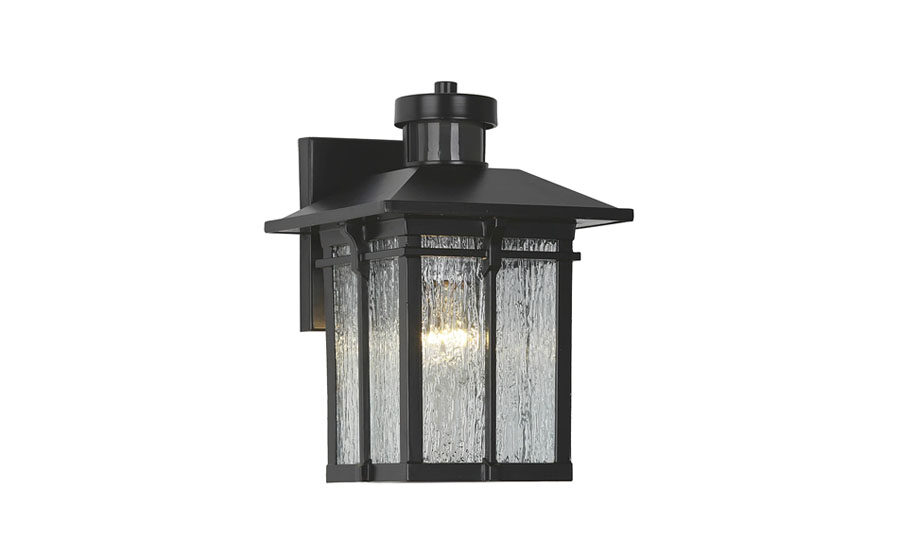6-20 个字符(仅限字母加数字)
密码不一致


When it comes to motion sensor indoor light fixtures, having a comprehensive understanding is key to optimizing their functionality and benefits. In this article, we will delve into various aspects surrounding motion sensor indoor light fixtures to provide you with valuable insights.
1. Understanding the Motion Sensor Technology:
Motion sensor indoor light fixtures utilize advanced technology that detects motion within their vicinity, triggering the lights to turn on automatically. This not only enhances convenience but also contributes to energy efficiency.
2. Installation and Placement Tips:
Height: Mount the motion sensor at an appropriate height, typically between 6-8 feet above the ground. This will ensure that it can detect motion effectively in the intended area.
Location: Place the motion sensor in a spot where it has a clear line of sight to the area you want to monitor. Avoid placing it behind obstacles that could obstruct its view and reduce its effectiveness.
Avoid Obstructions: Ensure that there are no objects near the motion sensor that could trigger false alarms, such as hanging plants or curtains that may move with airflow.
Direction: Position the sensor in the direction where motion is expected, whether it's a hallway, entryway, or room. Most sensors have an adjustable range, so you can customize the detection area accordingly.
Adjust Sensitivity: Depending on the model of the motion sensor, you may be able to adjust the sensitivity level. Fine-tune this setting to prevent false triggers from pets, small insects, or other minor movements.
Avoid Direct Light: Install the motion sensor away from direct sources of light, such as windows or bright lamps. Direct light can interfere with the sensor's ability to detect motion accurately.
Power Source: Ensure the fixture is installed within reach of a power source or easily accessible for battery replacement if it is a battery-operated model.
Test Regularly: After installation, test the motion sensor to confirm its range, sensitivity, and functionality. Make any necessary adjustments to ensure it meets your requirements.
Following these tips will help you maximize the effectiveness of your motion sensor indoor light fixtures and provide you with convenient and energy-efficient lighting control.
3. Benefits of Motion Sensor Indoor Light Fixtures:
These fixtures offer a range of benefits, including enhanced security by deterring intruders, convenience in navigating dark spaces, and energy savings by only illuminating when needed. Understanding these advantages can help you make informed decisions for your space.
4. Maintenance and Troubleshooting:
Regular maintenance is essential to keep motion sensor indoor light fixtures in top condition. Clean the sensors periodically, replace batteries as needed, and troubleshoot any issues promptly to ensure uninterrupted functionality.
5. Customization Options:
Many motion sensor indoor light fixtures come with customization options, such as adjustable sensitivity levels and timer settings. Familiarize yourself with these features to tailor the lighting experience to your specific preferences.
6. Integration with Smart Home Systems:
For a seamless and connected experience, consider integrating your motion sensor indoor light fixtures with smart home systems. This allows for remote control, scheduling, and automation, enhancing both convenience and efficiency.
Conclusion:
In conclusion, a comprehensive knowledge of motion sensor indoor light fixtures is essential for maximizing their benefits in your space. By understanding the technology, installation tips, benefits, maintenance, customization options, and integration possibilities, you can harness the full potential of these innovative lighting solutions.